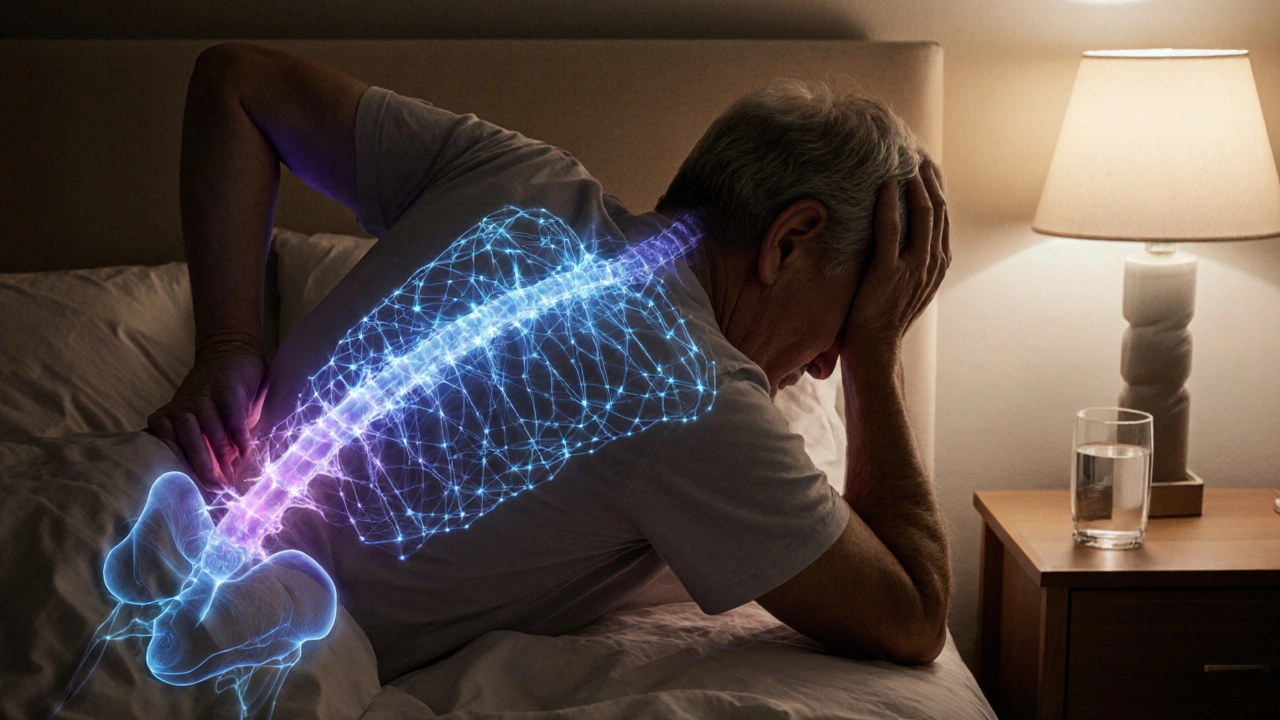Non‑Opioid Therapies: Safer Ways to Relieve Pain
When exploring non‑opioid therapies, treatment approaches that relieve pain without using opioid drugs. Also known as opioid‑free pain management, it offers options that lower the risk of dependence and side‑effects. One of the most common pathways is physiotherapy, a hands‑on method that uses movement, manual techniques and education to restore function. Alongside physiotherapy, exercise therapy provides structured workouts that strengthen muscles and improve joint stability, directly targeting the source of pain. For patients who prefer a mental‑skill approach, cognitive behavioral therapy helps re‑frame pain thoughts, reducing the emotional amplification of discomfort. Even simple over‑the‑counter options like acetaminophen play a role by blocking pain signals without the addictive potential of opioids. Together these options form a toolbox that doctors can mix and match based on each person’s situation.
How These Options Fit Together
Non‑opioid therapies encompass physical, psychological and pharmacological strategies, meaning a single treatment plan often includes several of them. For example, a chronic‑low‑back patient might start with physiotherapy to improve posture, add exercise therapy to build core strength, receive CBT to manage flare‑up anxiety, and take acetaminophen for occasional breakthrough pain. This layered approach reflects a key semantic connection: non‑opioid therapies require a combination of modalities to address the multifaceted nature of pain. Research shows that when physiotherapy is paired with CBT, patients report up to 30% greater pain reduction than with either method alone. Likewise, exercise therapy boosts the effectiveness of analgesics by improving blood flow and reducing inflammation, creating a feedback loop where each element supports the others. Because these therapies avoid the opioid pathway, they also reduce the likelihood of tolerance, withdrawal and long‑term health complications.
Below you’ll find a curated collection of articles that dive deeper into each of these areas. We cover the most common pain medications doctors prescribe and why they often choose non‑opioid alternatives, break down the three core types of physiotherapy, explore how chronic pain can be reversed through neuroplasticity, and give practical tips for managing nerve pain without drugs. Whether you’re a patient looking for safer relief or a professional seeking evidence‑based options, the posts ahead map out the full landscape of non‑opioid pain management.
Can Chronic Pain Be Overcome? Effective Treatment Strategies Explained
Explore whether chronic pain can be overcome with a blend of education, movement, therapy, medication and interdisciplinary programs for lasting relief.

